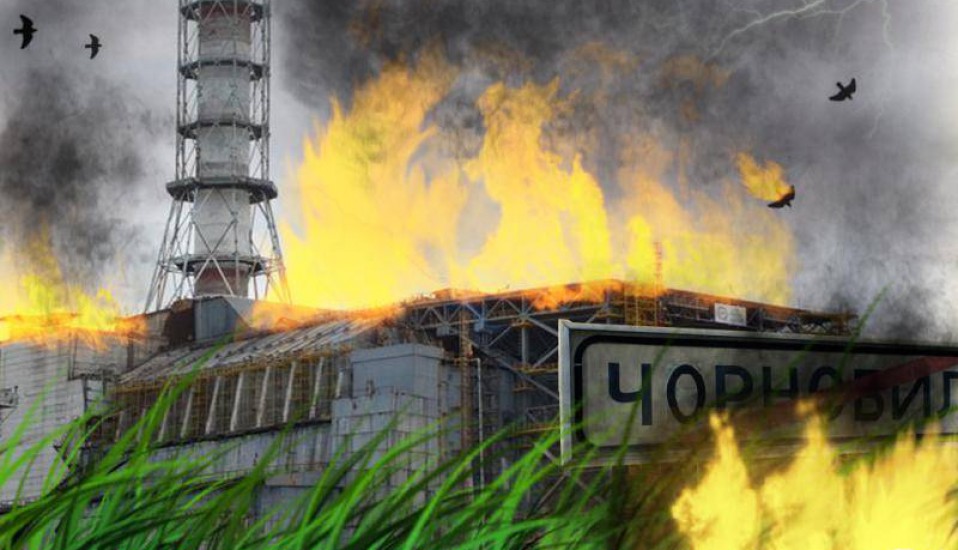April 26, 1986... It was spring - blooming, filled with the scents of earth and new life. No one guessed that this spring would forever be written in black letters in the history of our nation and humanity, that the whole world would learn about the small town of Chernobyl...
So what happened at the Chornobyl NPP?
1. The day of April 25, 1986 at the 4th power unit of the Chernobyl Nuclear Power Plant was not exactly planned as usual. It was supposed to stop the reactor for planned and preventive maintenance. But before shutting down the nuclear installation, the management of the Chernobyl nuclear power plant planned to conduct some experiments.
2. An emergency situation arose, the shift manager of the 4th power unit gave the command to press the button of the most effective emergency protection. But it was too late - the reactor was already out of control.
3. The power of the reactor increased sharply and exceeded the design capacity by approximately 100 times. There were two explosions.
The explosions destroyed the roof of the fourth block. Air entered the reactor, which reacted with the graphite rods, producing carbon monoxide. This gas ignited and a fire started.
4. 8 out of 140 tons of nuclear fuel containing plutonium and other extremely radioactive materials, as well as fragments of the graphite moderator, also radioactive, were thrown into the atmosphere by an explosion.
5. Barriers and security systems protecting the environment from radionuclides were destroyed. This release, amounting to several million curies per day, continued for 10 days - from 04/26/86. on 06.05. 86., after which it decreased thousands of times and continued to gradually decrease.
According to the nature of the process of the destruction of the 4th unit and the scale of the consequences, the specified accident had the category of off-project and was assigned to the 7th level (severe accidents) according to the INES international scale of nuclear events.
6. The entire system of civil defense turned out to be completely paralyzed. People were evacuated too late. Not even working dosimeters were found.
One can only admire the work and courage of the employees of the fire department. They prevented the complication of accident consequences already at the first stage. Moreover, even the units located in Pripyat did not have appropriate uniforms for work in the zone of increased radiation. As it always happens, the goal was achieved at the expense of many, many lives.
7. On April 27, 1986, the height of the radionuclides-contaminated air jet coming out of the damaged power unit exceeded 1,200 meters, the radiation level at a distance of 5-10 km. from the accident site was 1000 milliroentgen per hour. The radioactive release continued until May 6, 1986.
8. According to the results of diagnosis of radiation sickness, 237 people, who were predicted to develop acute radiation sickness with the highest probability, were urgently hospitalized in clinical institutions in Kyiv and Moscow. The total number of people who died as a result of the accident at the Chornobyl NPP from burns and acute radiation sickness as of January 1, 1988 was 30 people, with 28 from radiation sickness...
9. Immediately after the accident, almost 8.5 million people were irradiated, high radioactive pollution covered about 155 thousand square meters. km of territories.
As a result of air, soil and water pollution, the so-called "exclusion zone" appeared, where it is dangerous and therefore forbidden for people to live. In the "exclusion zone", the animal and plant life undergoes genetic mutations.
10. Although the flames have been tamed for a long time, the dangerous zone has been defined, maps of radiation pollution have been published, the danger has not passed, the feeling of anxiety for the living environment continues to bother people.
So, Chernobyl is a terrible, instructive lesson for all of humanity, which makes us think about the degree of responsibility of the government to the people for the decisions it makes.

